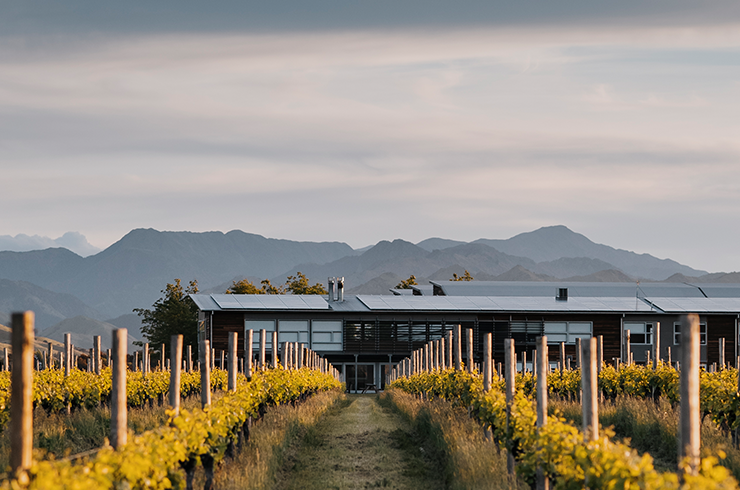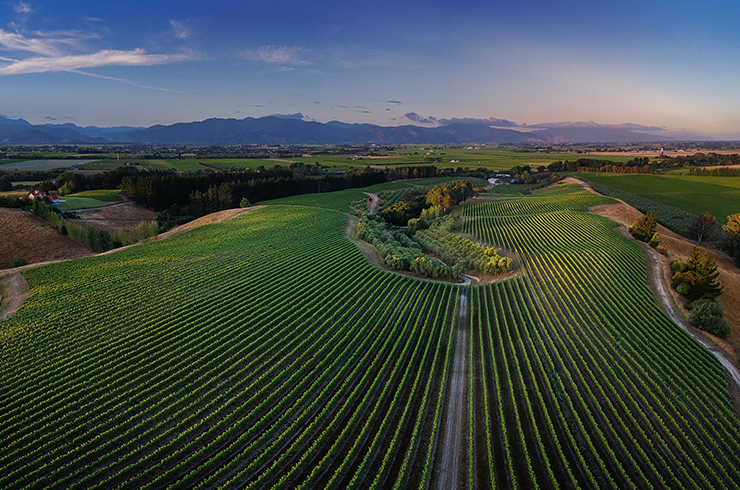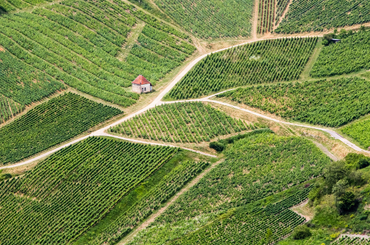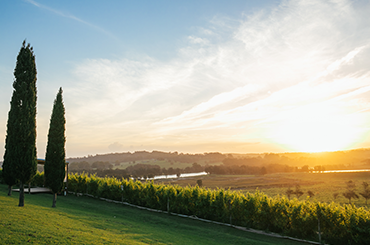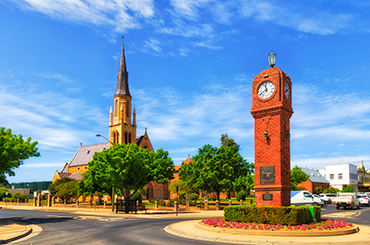Each year, hundreds of thousands of pilgrims make their way to Galicia. Most end their journey at the cathedral in Santiago de Compostela, the region’s capital, which many believe to be the final resting place of the apostle Saint James.
Turns out, this happens to be the ideal place for wine and food loving pilgrims to begin their journey into this tucked-away corner of north-western Spain.
Forget your preconceptions of a dry and parched landscape. With its windswept coastline, fjord-like river estuaries, fishing ports, lush green hillsides, and clumps of hydrangeas everywhere, Galicia looks more like Wales or Brittany and, indeed, it some of their Celtic heritage.
It's not only the seafood capital of Spain and a rich agricultural region, but it’s also home to five distinctive DO (Denominación de Origen) wine regions. Vines were introduced by the Romans, nurtured by monks in the Middle Ages and, after the scourge of phylloxera, mass emigration to the Americas and years under the Franco dictatorship when high-volume, low-quality wines were prioritised, Galicia is now experiencing a renaissance of its indigenous grape varieties, which thrive on its granite and schist soils.
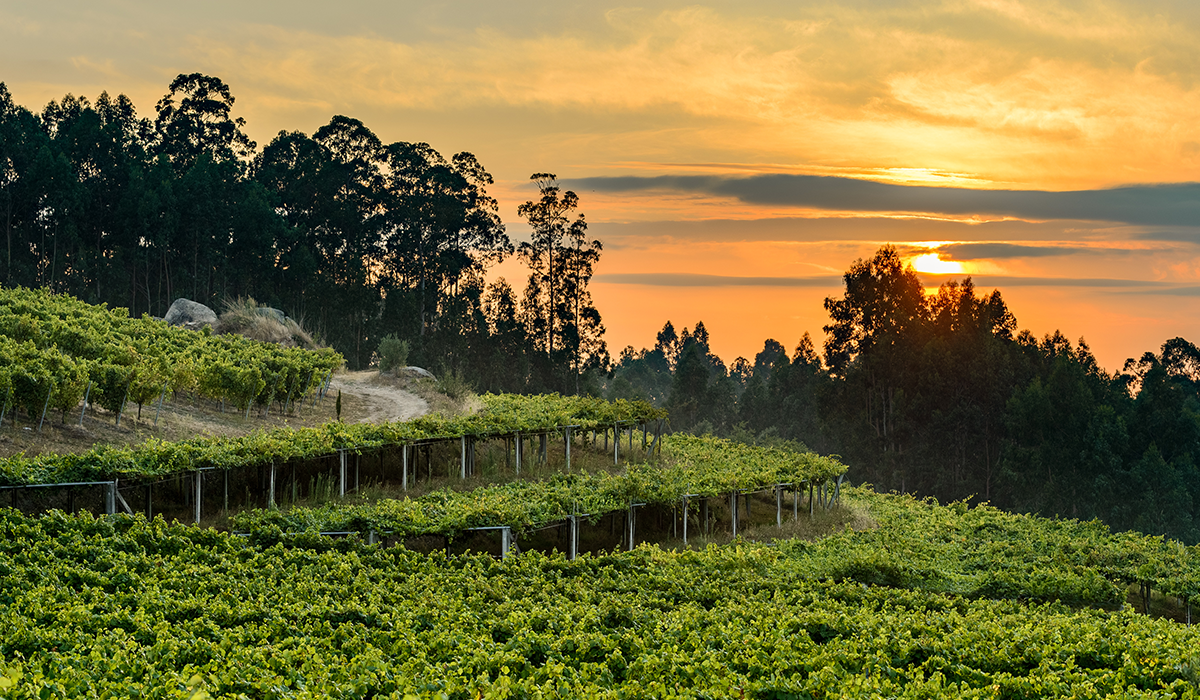
At the top of the list are its crisp, acidic albariño white wines, which have been taking the world by storm. Albariño is the domain of DO Rias Baixas, which is spread across five non-contiguous subregions that lie mainly along the Atlantic Coast. It’s a charming area to explore, with undulating vineyards, seaside villages, and the pretty towns of Pontevedra and Cambados (the self-styled capital of albariño) offering great restaurants and wine bars.
Slightly inland is DO Ribeiro, where the straw-gold peachy treixadura reins. DO Ribeira Sacra is home to the spectacular vertiginous terraces of red wine grapes, which are mainly mencía but also brancellao and merenzao (called bastardio in Portugal and trousseau in the Jura). Further inland again, DO Valdeorras is making a name for itself with distinctive, medium-bodied godello (which, in the right hands, has been compared to Burgundian chardonnay). The fifth DO, Monterrei, is so small we’re not covering it here.
Start your adventures at taberna Abastos 2.0 in Santiago’s old quarter with sea bass and Galician red-pepper empanadas before the 45-minute drive south into the Salnés Valley in the heart of Rias Baixas. You’ll pass grand manor houses with their granite granaries (hórreos) perched on stone stilts, as well as tiny vineyard plots with their unique vine trellises. Here, albariño vines are trained across head-high granite pergolas so sea breezes can aerate the vines after the frequent rains from the Atlantic Ocean.

Family-owned Pazo Señorans is a good place to start your albariño journey. Marisol Bueno, the family matriarch, was the first president of the Rias Baixas DO for 21 years and her winemaker Ana Quintela has been making wines here since 1991. Take a guided tour to learn about their winemaking philosophy, and visit the exquisite pazo, chapel and gardens before tasting their elegant bottle-aged albariño and Galician aguardiente digestifs.
One of Galicia’s finest winemakers is Eulogio Pomares, who not only makes albariño and red wines from 12 different vineyard parcels at Zárate, his small family-owned winery in Rias Baixas, but is also growing grapes and making wines in Ribeira Sacra. Make an appointment to learn about his terroir-driven philosophy and taste his single-vineyard El Palomar Albariño from 100-year-old vines.
The colourful Quinta de San Amaro country inn, with pool and restaurant overlooking the vines, makes a great base for your Rias Baixas meanderings. Enjoy a meal nearby at the informal Lagüiña lieux-dit, owned by former Mugaritz sommelier Eduardo Camiña Ucha. This is the place to savour wines from tiny bodegas, such as Luis Anxo’s A Torna Dos Pasás Escolma red wine from DO Ribeiro, made from a field blend of indigenous grapes, alongside inspired preparations of razor clams and slow-cooked beef.
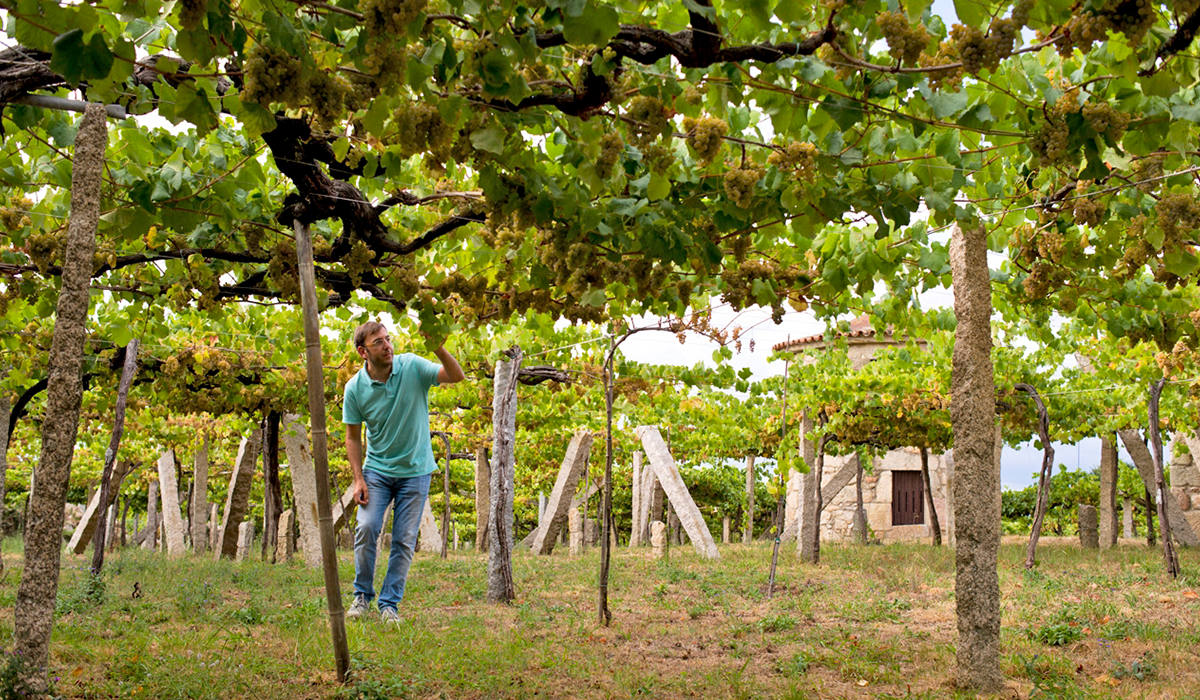
Not far away, A Curva wine bar, owned by passionate Galician oenophile Miguel Anxo Besada, is a must-visit in the seaside town of Portonovo. Let him guide you with his encyclopaedic knowledge of Galician wines to enjoy alongside octopus, calamari, and more.
Many grape growers have joined forces to form winery cooperatives and several have English-language tours. Bodegas Martín Códax offers an informative winemaking facility tour followed by an albariño and seafood tapas tasting in a glass-enclosed wine bar, which overlooks the vineyards all the way to the sea. You can also book tours and tastings at Pazo Baión, a grand estate replete with castle, dovecote and winery in a former dairy.
Make time to explore the pedestrian-only old quarter of Pontevedra, chock full of bars and restaurants. Casa Fidel O'Pulpeiro is the spot for octopus, a Galician favourite, while O Souto is a delightful vinoteca serving local fare alongside carefully created wines from small producers. For a splurge, enjoy refined Galician dishes at Michelin-starred Casa Solla, with views across the vineyards.
In Cambados, head to Vinoteca Ribeira de Fefiñáns, with its excellent selection of Galician wines, which you can taste alongside seafood tapas, much of which has been collected on the seashore out front. Dinner should be at Taberna do Trasno, also Michelin-starred, with its sublime oysters, scallops, and Galician beef with marrow.
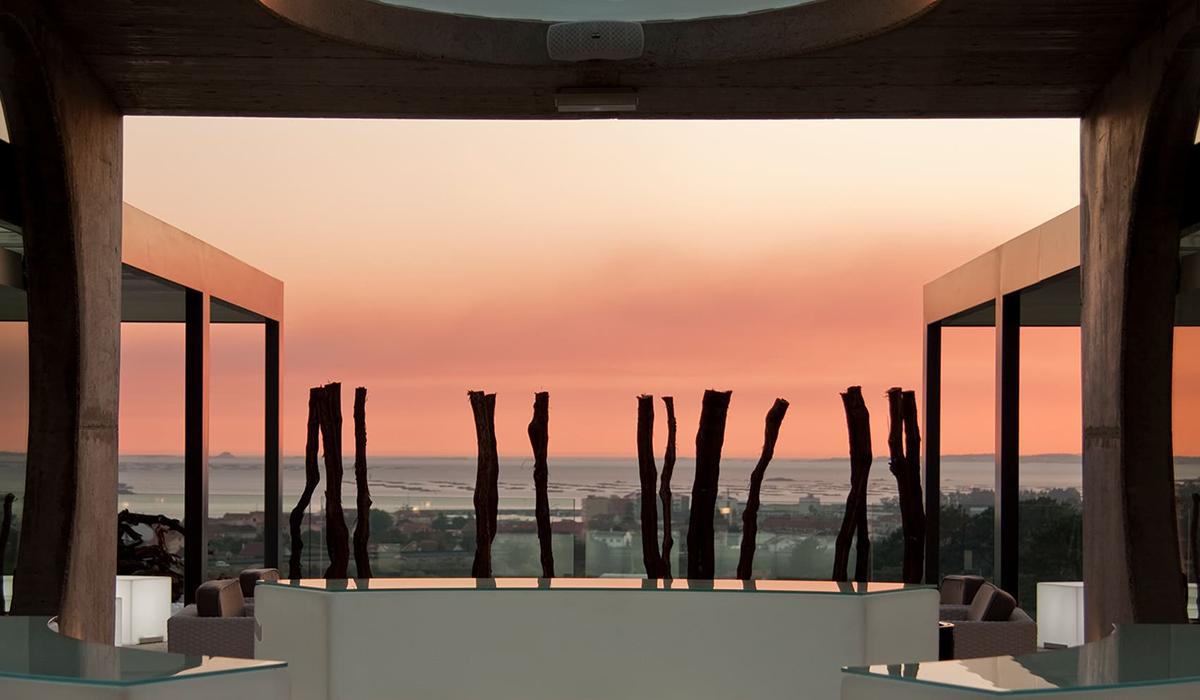
Heading inland now, you’ll come to DO Ribeiro, whose terraced vineyards rise above the Miño River, screened from the worst Atlantic squalls by the Sierra del Suido mountains. This is the home of savoury white treixadura, whose aromatics are often improved with godello and albariño, as well as other indigenous varieties such as loureiro, torrontés and lado.
Base yourself at the González Vázquez family’s Casal de Armán, with its beautifully restored 18th-century guesthouse, restaurant and winery. Make time to tour the winery and taste their treixadura white blends made from estate-grown grapes. Next, weave your way into Ribeira Sacra, marvelling at its precipitous vineyard terraces, (originally carved by enslaved Romans), which soar above the Sil and Miño river gorges.
This is red wine country, where vines scrabble through a mix of schist and granite, in a river-moderated continental climate of temperature extremes. Many vineyards here were deserted after the Franco years, yet a small band of winemakers has restored these back-breaking terraces to make aromatic, elegant wines.
Tour the Adega Algueira winery and taste sublime full-bodied merenzao, floral-earthy Pizarra (made from mencía) and fresh, herbal brancellao then lunch on classic Galician suckling veal shank with chestnuts braised in mencía. You can also take a guided boat trip along the Sil Canyon to marvel at the vineyard terracing.
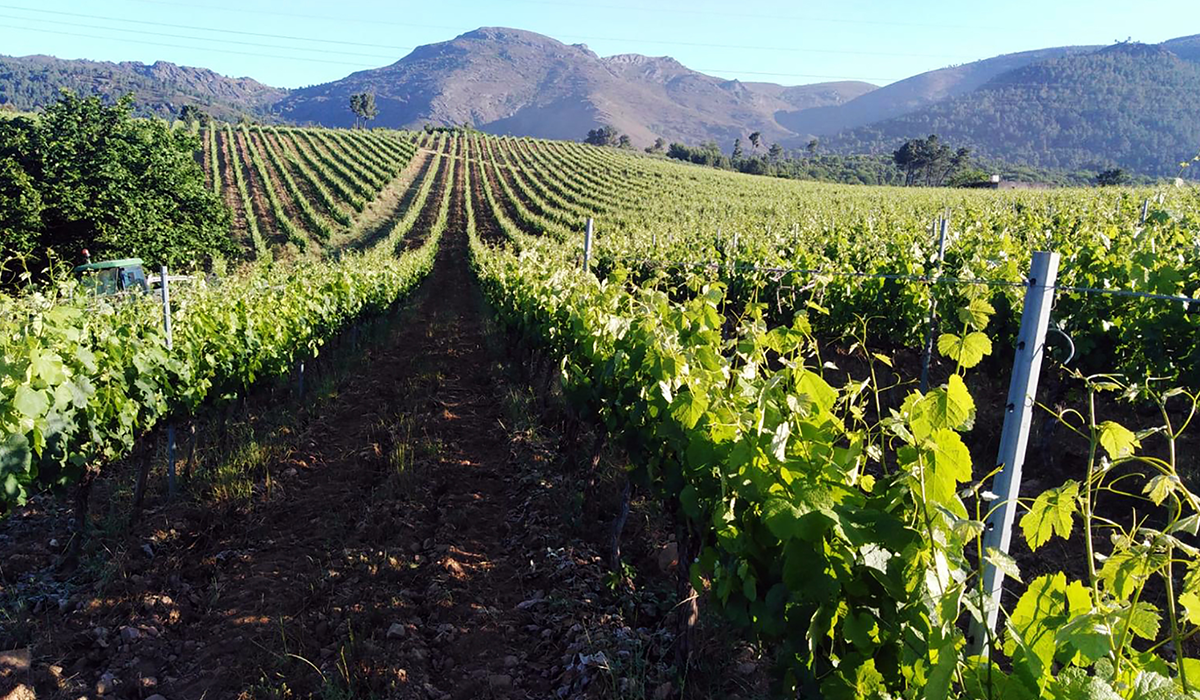
There's still one more DO to explore – further inland you’ll enter Valdeorras, where the Sil River meanders through a dry and rocky mountainous landscape of poor slate and granite soils in Galicia’s eastern-most wine region. This is the home of godello, a mineral-rich dry white with the potential for great depth, richness and finesse.
A great winery for godello is A Coroa, with its historic cellar hewn out of solid rock that they like to describe as distilled gold from the earth itself. It’s quite an apt description for Galicia as a whole, really.
Four superstar Galician winemakers
Eulogio Pomares of Zárate in Rías Baixas makes sublime single vineyard albariño under the Zárate label, plus a range of rescued indigenous varieties he’s bottling under his own name.Pedro Rodríguez of Guímaro (which means ‘rebel’ in Galician) makes godello and some of Galicia’s finest red blends from mencía, brancellao, merenzao and other indigenous varieties in Ribeira Sacra.
Luis Anxo Rodríguez, of Viña de Martin, not only makes beautiful treixadura-dominant white wines but also field blends of nearly-extinct indigenous red varieties that he grows on micro-plots in DO Ribeiro.
Rafael Palacios (whose brother Alvaro produces L’Ermita in Priorat, one of the most well-known wines in Spain) crafts sublime godello in Valdeorras. His complex As Sortes single-vineyard wine is on the list of many top restaurants.
The writer travelled with the assistance of Tourism Galicia and North West Iberia Wine Tours.


